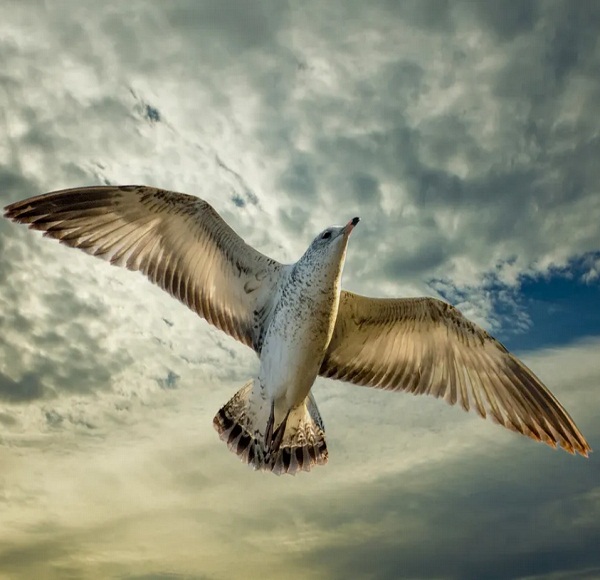Swedish power giant Vattenfall did a two-year, €3 million study of seabirds at an offshore wind farm off Scotland – here’s what it found.
The aim of the 115-page study, which took place at Vattenfall’s 11-turbine Aberdeen Offshore Wind Farm, aka the European Offshore Wind Deployment Center, was:
…to improve our understanding of seabird flight behavior inside an offshore wind farm. This should be achieved through collection of as detailed seabird flight data as possible rather than through estimation of avoidance rates for collision risk modeling per se.
Vattenfall, which is owned by the Swedish state, combined radar data with cameras to identify the species of seabird and create a three-dimensional image of birds’ flight patterns and how they avoid offshore wind turbines’ rotor blades.
The movements of herring gulls, gannets, kittiwakes, and great black-backed gulls were studied in detail from April to October, when bird activity is at its height. (This study only looked at four bird species, but Vattenfall says the model can and should be applied to more types of seabirds and to onshore wind farms as well.)
The study’s findings: Not a single collision between a bird and a rotor blade was recorded.
Vattenfall says that the herring gulls and kittiwakes showed horizontal avoidance further away from rotor blades, 90-110 meters (295-361 feet) and 140-160 meters (459-525 feet), respectively, while the gannets and great black-backed gulls only exhibited avoidance behavior at 40 and 50 meters (131 and 164 feet) from the tips of rotor blades.
And if you just muttered under your breath, “Well, they would say that, wouldn’t they?” Vattenfall says it’s got video evidence to back up its study’s findings – ten thousand videos of birds flying around Aberdeen Offshore Wind Farm, in fact.
Henrik Skov, who led the project, said:
This is the first time that any kind of bird species has been studied this closely and in detail at an offshore wind farm. And these birds are really good at avoiding the turbines. Now we need studies on more varieties.
He added that surveys on bird behavior are part of an overall effort to avoid building wind farms in flight corridors.
Source: electrek.










